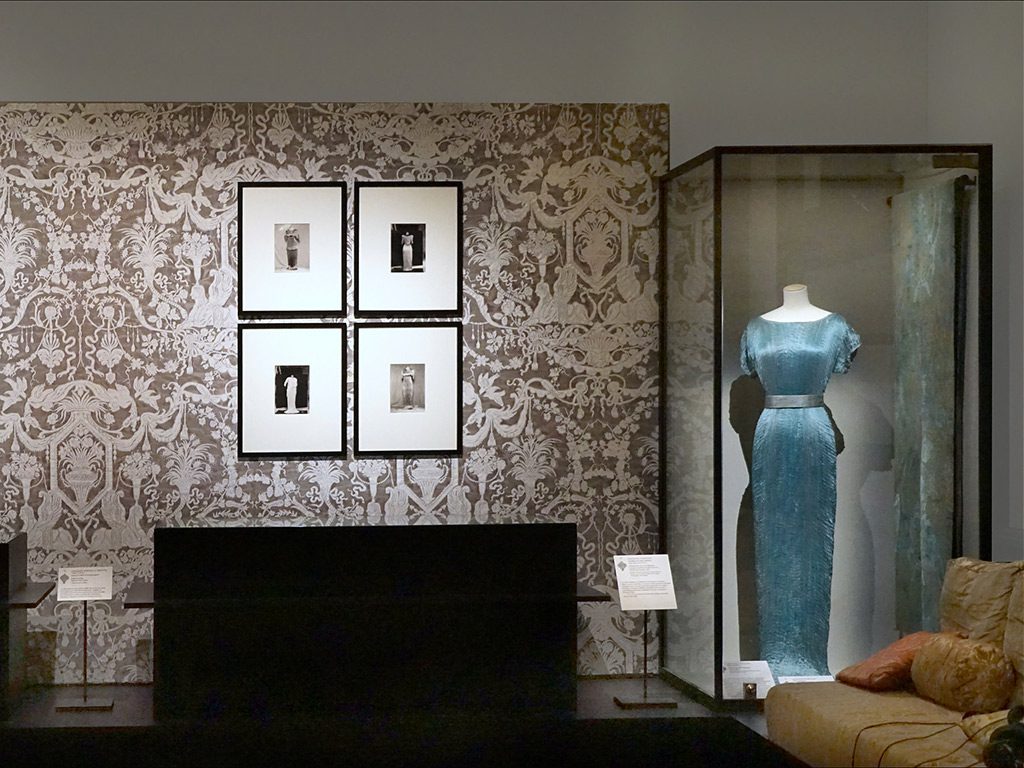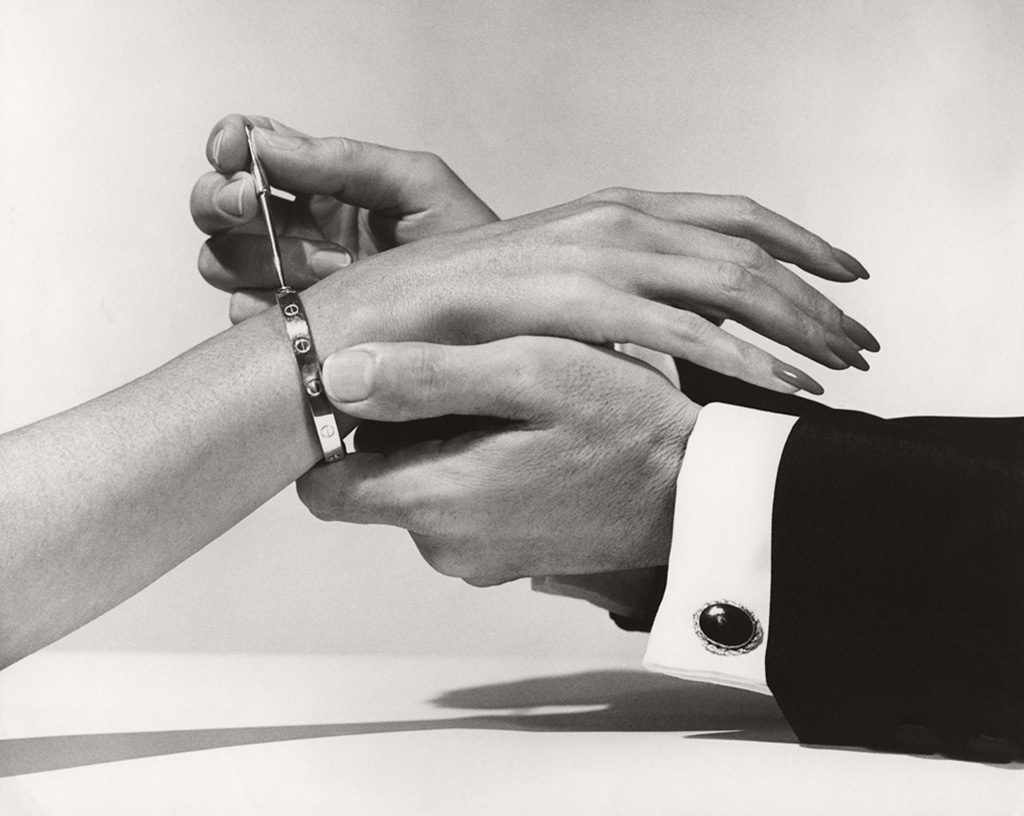Mariano Fortuny, the alchemist dyer, as he was called by the writer Gabriele D’Annunzio, is considered one of the most important artists (because he was a photographer, painter and set designer), stylists and inventors of weaving techniques of the 20th century.
Life
Mariano Fortuny was born in Granada, Spain, in 1871, inheriting a passion for painting and the applied arts from his father. After his parent’s death, he moved first to Paris and then to Venice, to the Palazzo Martinengo, with his mother and sister Luisa.
In 1902, he met Henriette Negrin, his muse and future wife, with whom he embarked on an adventure in the world of textiles. Later, the couple purchased the Palazzo Pesaro degli Orfei, where, on the top floor of the building, they began producing fabrics, silks and machinery.
The Atelier of Palazzo Orfei
Palazzo Orfei, now the Mariano Fortuny y Madrazo Museum, thus became their Atelier, the workshop where revolutionary creations came to light. These included the iconic Knossos, a lushly printed silk scarf first exhibited in 1906. Fortuny then founded the company Tessuti Artistici Fortuny srl, which still uses the same techniques and secret procedures he devised.
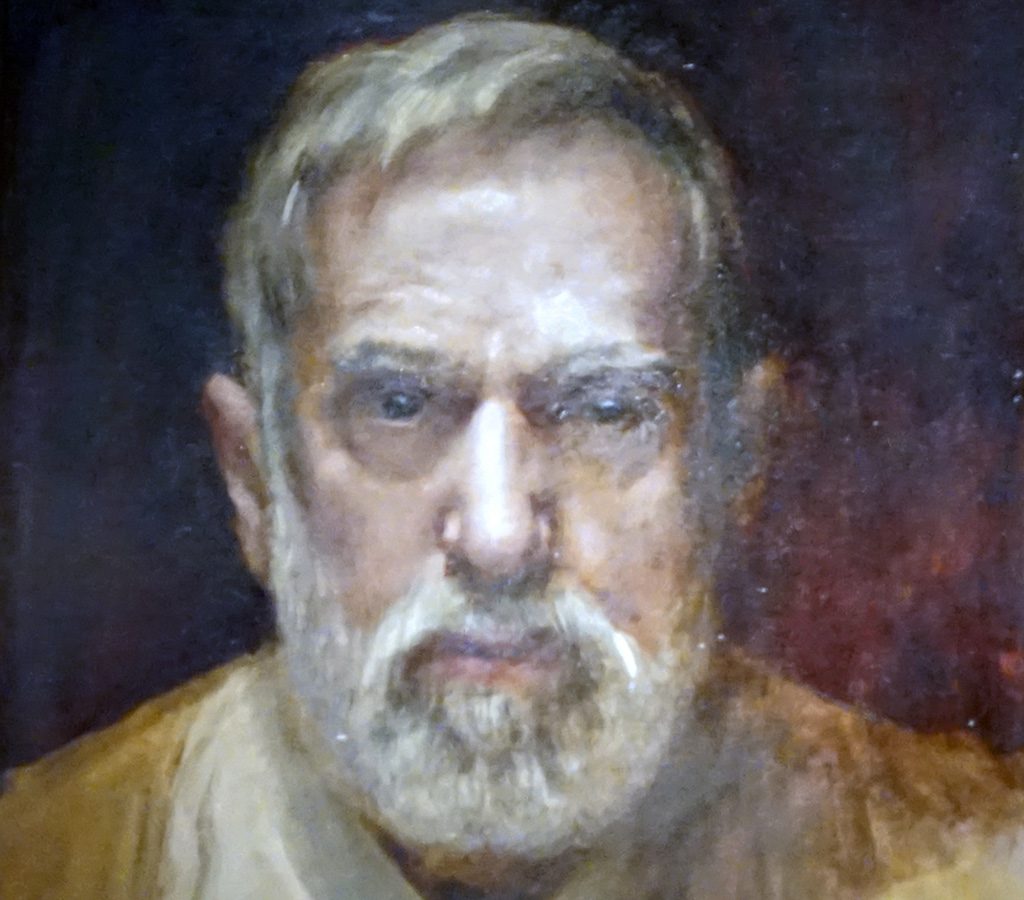
The fashion revolution
With his revolutionary and eclectic vision of fashion and textiles, Fortuny inspired famous haute couture designers, from Valentino to Issey Miyake, by proposing motifs of Greco-Roman classicism, fused with signs of Celtic, Byzantine and Longobard culture.
The emancipation of women in Fortuny fashion
Fortuny’s peculiarity was to liberate women from the constraints imposed by the busts and corsets of the time, to offer them elegance and comfort, proposing refined clothes with fine fabrics.
Mariano Fortuny the alchemist dyer – the inspirations
In his creations, Fortuny was inspired by ancient Venice, Greece, Egypt, Florence, Persia, Asia, South America and the Far East. The quest forinnovation has always characterised his work, transforming historical material into contemporary and avant-garde expressions.
Based on ancient techniques learnt from the masters, Fortuny has created his own formulations of resistant dyes, pigments and varnishes and given the materials an aura of authenticity.
The Delphos dress
One of Atelier Fortuny’s most innovative and daring creations was the launch in 1909 of theDelphos dress, inspired by the Ionic chiton of theCharioteer, a Greek sculpture found at Delphi in 1896.
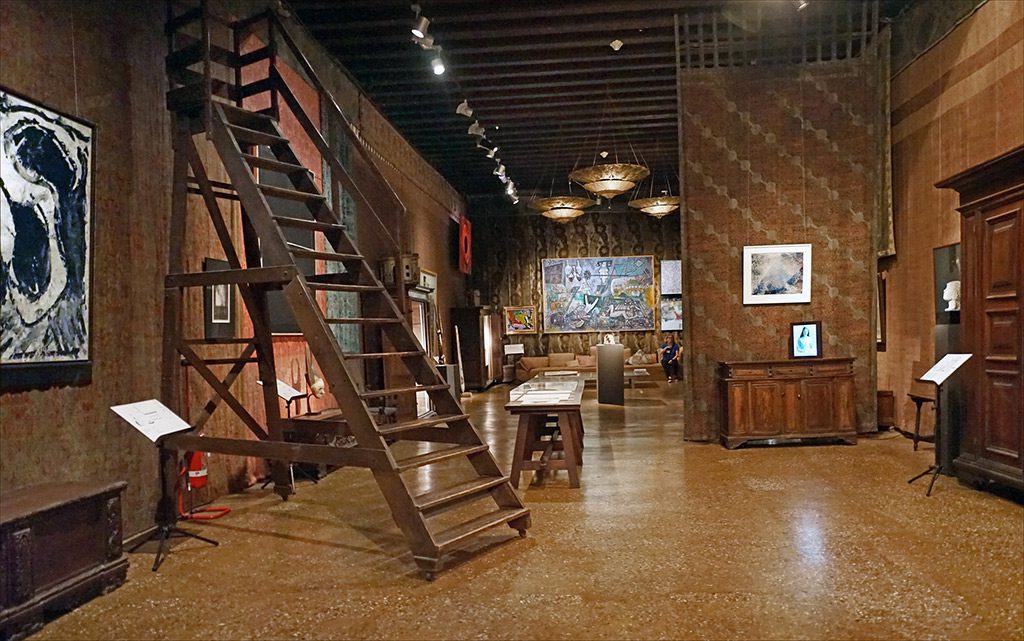
Coveted by women seeking freedom of movement and expression, the dress, made of pleated fabric, was first purchased by the marquise Luisa Casati. The Delphos also became popular with the most famous ‘influencers’ of the time, such as Eleonora Duse, Isadora Duncan, Ellen Terry and Oona Chaplin.
Special feature of the Delphos dress
The particularity of the Delphos, was that it was a monochrome dress, with a simple and essential shape. When worn, it appeared as a sort of cylinder, initially made of four sheets of satin or silk taffeta, sewn together lengthwise and in vertical sequence.
The dress immediately stood out for its essential shape, which delicately enveloped the woman’s body. The fine pleating is still carried out today by a manual process; the neckline and sleeves are adjustable by silk cord drawstrings, enriched with beads, originally made of Murano glass.
Patent and paternity of the Delphos dress
The paternity of the dress, although traditionally assigned to Mariano Fortuny, was re-attributed by him to his wife Henriette. This is confirmed by an autographed note placed in the margin of the patent.
Fortuny thus registered the patents for both the dress and the pleating, indicating it as a “wavy pleated fabric”.
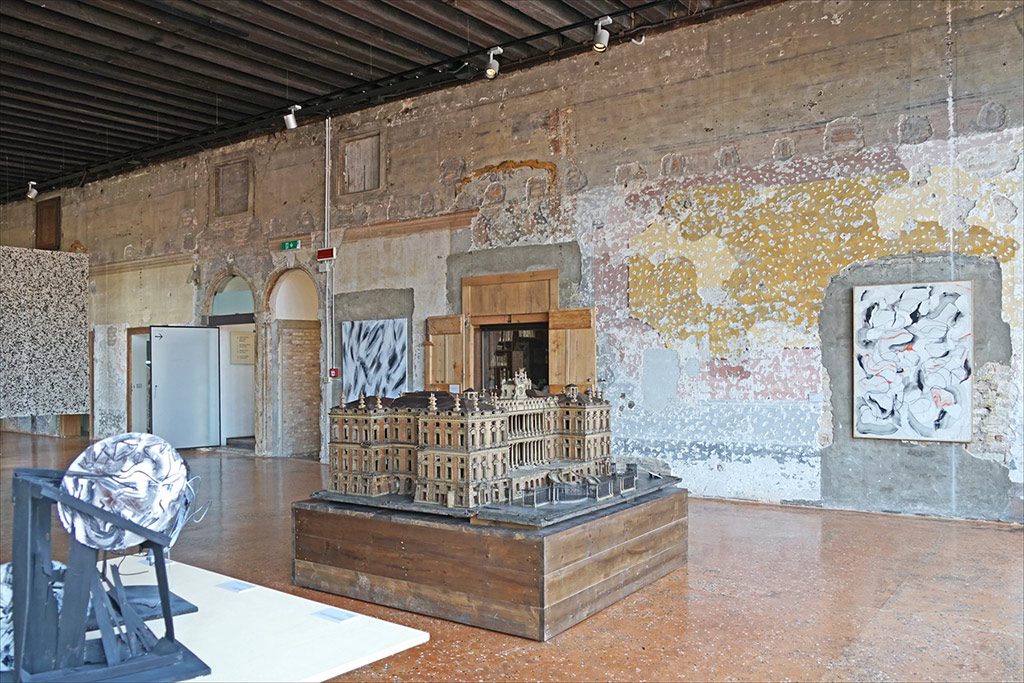
Mariano Fortuny the alchemist dyer and the collective imagination
The women who wore Fortuny’s creations were immortalised by great photographers. Isadora Duncan posed for Edward Steichen, Selma Schubart for her brother Alfred Stieglitz, the actress Régine Flory for Albert Harlingue.
Fortuny’s clothes were enthusiastically received by men and women belonging to a refined, cosmopolitan and intellectual community. The Delphos was not only an innovative dress in aesthetic form, but an innovative and modern means of conceiving 20th century European women: emancipated, free and avant-garde.
Fortuny and Lighting
Mariano Fortuny was not only involved in fashion, but also applied his creative energy tolighting technology, perfume design and accessories. He designed various lighting points and lighting systems, building on his imprint as a photographer.
He mainly thought of public spaces, such as theatres, exhibitions or expositions, and in that mood, in 1907, he created the famous Moda lamp. The lamp (which is still on the market today) stands on a tripod with adjustable legs and the lampshade, with an opaque fabric shade, can be swivelled and tilted.
Fortuny’s death and the continuation of the Atelier
The fortunes of Delphos, made in various versions, always with the precious pleating, dominated the entire early 20th century. Production of the dress and its variants ceased in 1949 with Fortuny’s death at the age of 78 in his Venetian palace. His widow Negrin carried on the Atelier Fortuny until 1965, donating family works to the collections of European museums, especially in Spain.
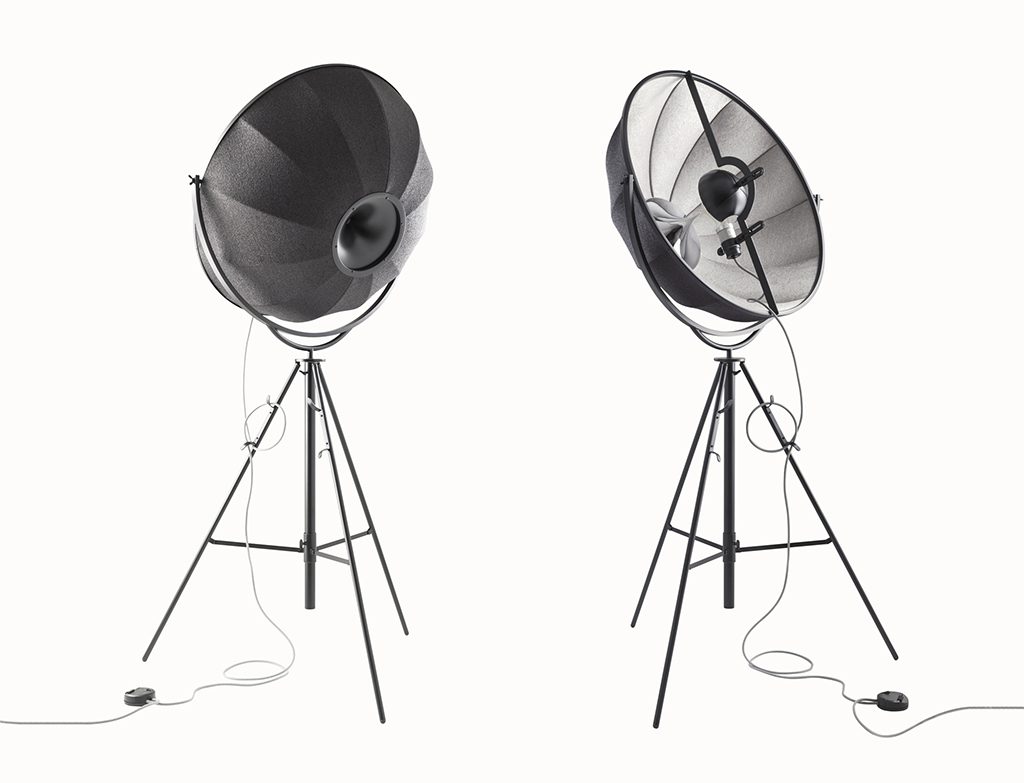
Today theAtelier Fortuny in Palazzo Orfei in Venice, houses a showroom refurbished by architect Alberto Torsello in which the graphics and fabric ateliers have been refurbished.
The company was then taken over by brothers Mickey and Maury Riad, Americans of Egyptian origin, who in turn inherited Atelier Fortuny from their father Maged in 1998.
@Stiledesign. Reproduction reserved
You might also be interested in:


